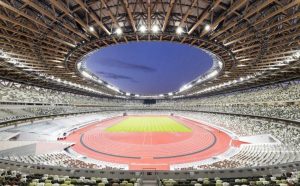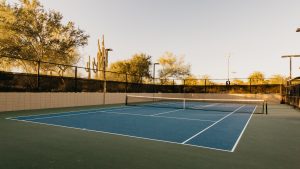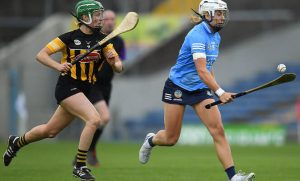
In recent years, the demand for high-quality sports facilities has increased. These facilities serve as a venue for various sports events and contribute to the community’s overall well-being and fitness. One of the critical aspects of building a top-notch sports facility is constructing a durable and safe ground surface. In this article, we will discuss the essential steps and considerations in constructing high-quality sports facility grounds, focusing on the role of concrete vibrating and the equipment used in the process.
Assessing the Needs and Requirements
Before embarking on the construction process, it is essential to assess the specific needs and requirements of the sports facility. This includes determining the type of sports to be played, the expected foot traffic, and the desired lifespan of the ground surface. These factors will guide the selection of appropriate materials and construction techniques to ensure the facility meets its intended purpose.
Choosing the Right Materials
Selecting the appropriate materials for the ground surface ensures its durability, safety, and performance. Concrete is often the preferred choice for sports facilities due to its strength, versatility, and low maintenance requirements. Concrete can be customized to meet specific needs, such as adding color, texture, or other additives to enhance its performance and aesthetic appeal.
Preparing the Subgrade
A well-prepared subgrade is essential for the stability and longevity of the ground surface. The subgrade should be properly compacted and leveled to provide a solid foundation for the concrete. This step involves removing debris, vegetation, or soft spots and ensuring adequate drainage to prevent water accumulation and damage to the ground surface.
Concrete Pouring and Vibrating
Once the subgrade is prepared, the concrete can be poured onto the surface. During this process, it is crucial to use concrete vibrating techniques to ensure the concrete settles evenly and without air pockets. Concrete vibrating is a process that is used to remove air bubbles and excess water from freshly poured concrete. Concrete vibrating is using specialized equipment, such as vibrating screeds or internal vibrators, to consolidate the concrete mixture. This process helps eliminate air bubbles, improve the bond between the concrete and reinforcement, and create a smoother surface.
Vibrating screeds are used to level the surface of the concrete, while internal vibrators are inserted into the wet concrete to consolidate the mixture from within. Contractors can achieve vibration of concrete by purchasing concrete power screed. Properly using these tools is essential to achieve a high-quality finish and ensure the durability and performance of the ground surface.
Finishing and Curing
After the concrete has been poured and vibrated, the finishing process begins. This may involve adding texture to the surface, applying sealants, or adding lines and markings for specific sports. The final step is the curing process, which allows the concrete to harden and gain strength. This typically takes about 28 days, during which the surface should be kept moist to prevent cracking and ensure optimal strength.
Conclusion
Constructing a high-quality sports facility ground surface requires careful planning, selecting appropriate materials, and properly using construction techniques and equipment. Concrete vibrating plays a vital role in ensuring the ground surface’s durability, safety, and performance. By following these guidelines and using the right tools and techniques, sports facility owners and operators can provide a top-notch playing surface for athletes and the community.




